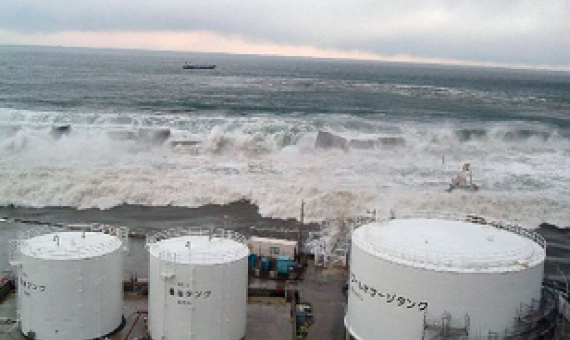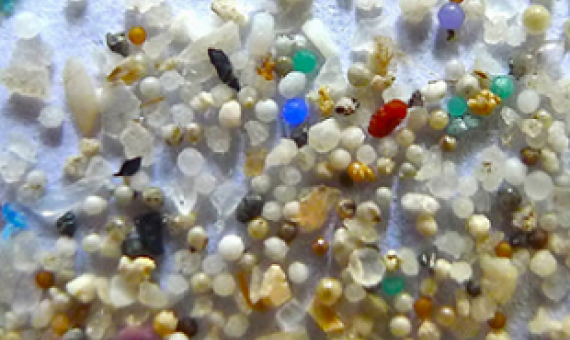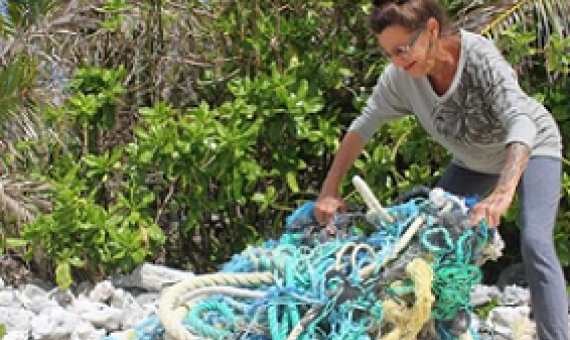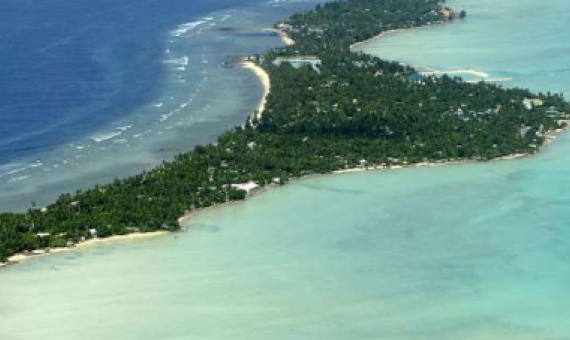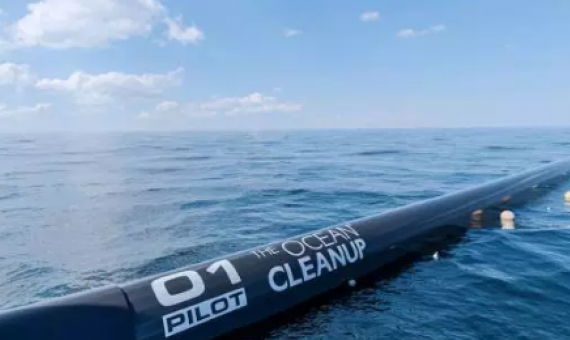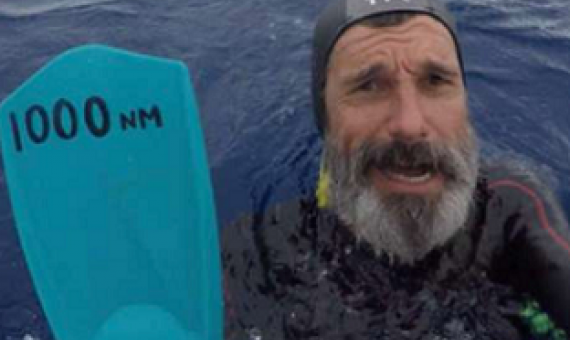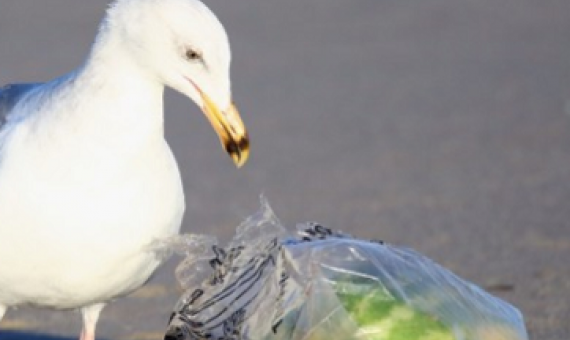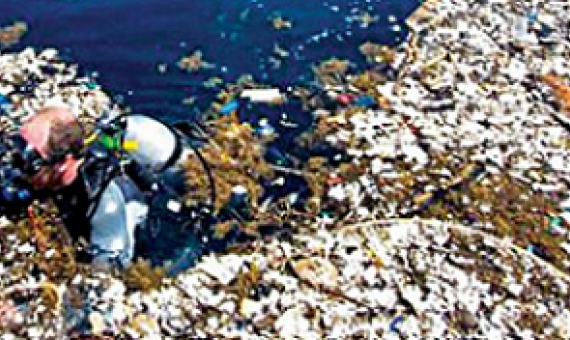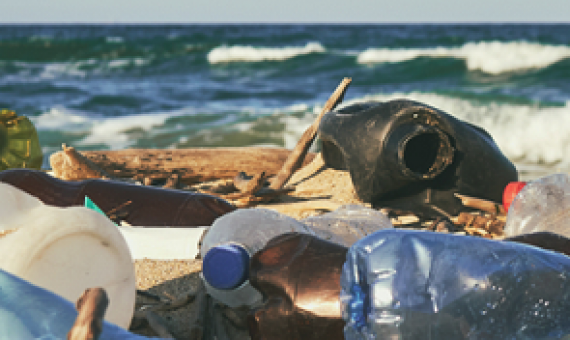Ever since the 2011 Fukushima disaster, the country has struggled with containing its contaminated water. But it's running out of room—and time.
Microplastic pollution is a threat to marine life and is found in the bodies of animals all along the food chain. Detecting microplastic pollution levels in the oceans is becoming increasingly important, in part so that sources can be found and vulnerable species protected if possible.
The National Environment Service has hit back at claims they told accommodation owners to throw rubbish back into the ocean.
Amid reports that Japan is planning on dumping more than 1 million tons of radioactive waste water into the Pacific Ocean, an official at Greenpeace Seoul raised concerns over the potential damage such action may cause to the Pacific ecosystem and neighboring countries.
Labor has lashed the prime minister for ignoring the climate change concerns of Pacific Island nations, saying a push to crack down on ocean plastics still leaves a “giant hole” in the Coalition’s environment policy. Link to full article below.
The Ocean Cleanup project has been redesigned and relaunched, as it makes its second attempt to clean up a giant pile of plastic concentrated in the Pacific Ocean. Last September The Ocean Cleanup made the world’s first attempt to clean the “Great Pacific Garbage Patch”.
Lecomte, from France, will set off from Hawaii on Thursday, local time, to swim 555 kilometres through an area known as the Great Pacific Garbage Patch to California. Click on the link below to read the full article.
Roughly 8 million metric tons of plastic waste enters our oceans each year.
The oceans are among our biggest resource and also our biggest dumping grounds. Because they are so vast and deep, many of us believe that no matter how much garbage we dump into them, the effects would be negligible. Click on the link below to read the full article.

